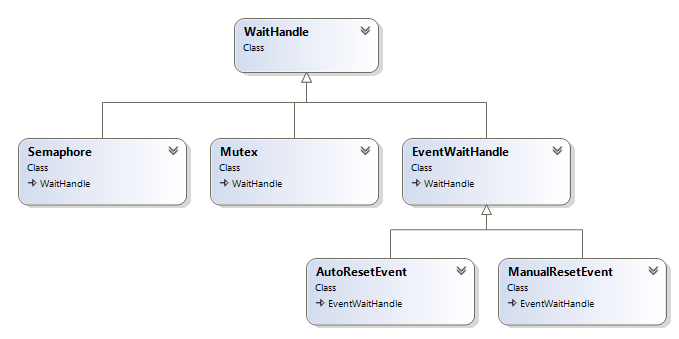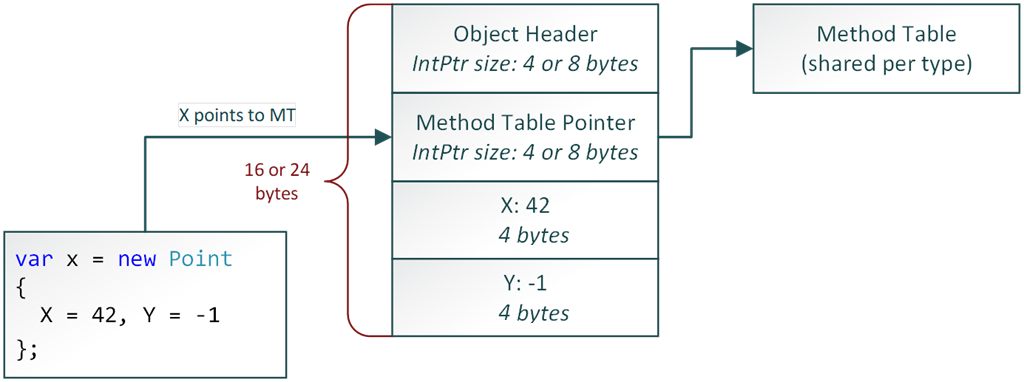Open the lock
Marcin Dudek
About me
Marcin Dudek
make-sense.it
Why threading?
What is synchronisation?
- Critical section
- Critical region
Synchronisation
Kernel objects
.NET abstractions
WaitHandle

Mutex
Mutual Exclusion
- Named Mutex
- Knows the owner
Semaphore
Multiple can access critical region
- Named Semaphore
- Knows the owner
AutoResetEvent
ManualResetEvent
- Named version only through EventWaitHandle
- What about owner?
- OpenExisting
Slim versions
- SemaphoreSlim
- ManualResetEventSlim
lock
- Easiest and most common way to protect shared state.
- We need only reference type.
'Safe' example
public class Manager
{
public void SuperSafeMethod()
{
object locker = new object();
lock (locker)
{
}
}
}
'Safe' example
public class Manager
{
private double penetration;
public void Increment()
{
lock((object)penetration)
{
penetration++;
}
}
}
lock - pre .NET 4.0
Monitor.Enter(locker);
try
{
// access to shared state
}
finally
{
Monitor.Exit(locker);
}
lock - post .NET 4.0
bool lockTaken;
try
{
Monitor.Enter(locker, out lockTaken)
// access to shared state
}
finally
{
if(lockTaken)
{
Monitor.Exit(locker);
}
}
Monitor
- Critical section (Enter, Exit)
- Notification (Pulse, PulseAll)
lock
- Knows the owner
- Recursion count
Object in memory

How lock works
Thin lock
Sygnaling
Synchronized
public class Manager
{
[MethodImplAttribute(MethodImplOptions.Synchronized)]
public void Increment(){ }
}
ReaderWriterLock
Why?
- Performance
- There is also slim version!
Sources
- Concurrent Programming on Windws - Joe Duffy
- Joe Duffy blog
- Advanced .NET Debugging - Mario Hewardt
Q&A
make-sense.it
7.03.2017 (Tuesday)